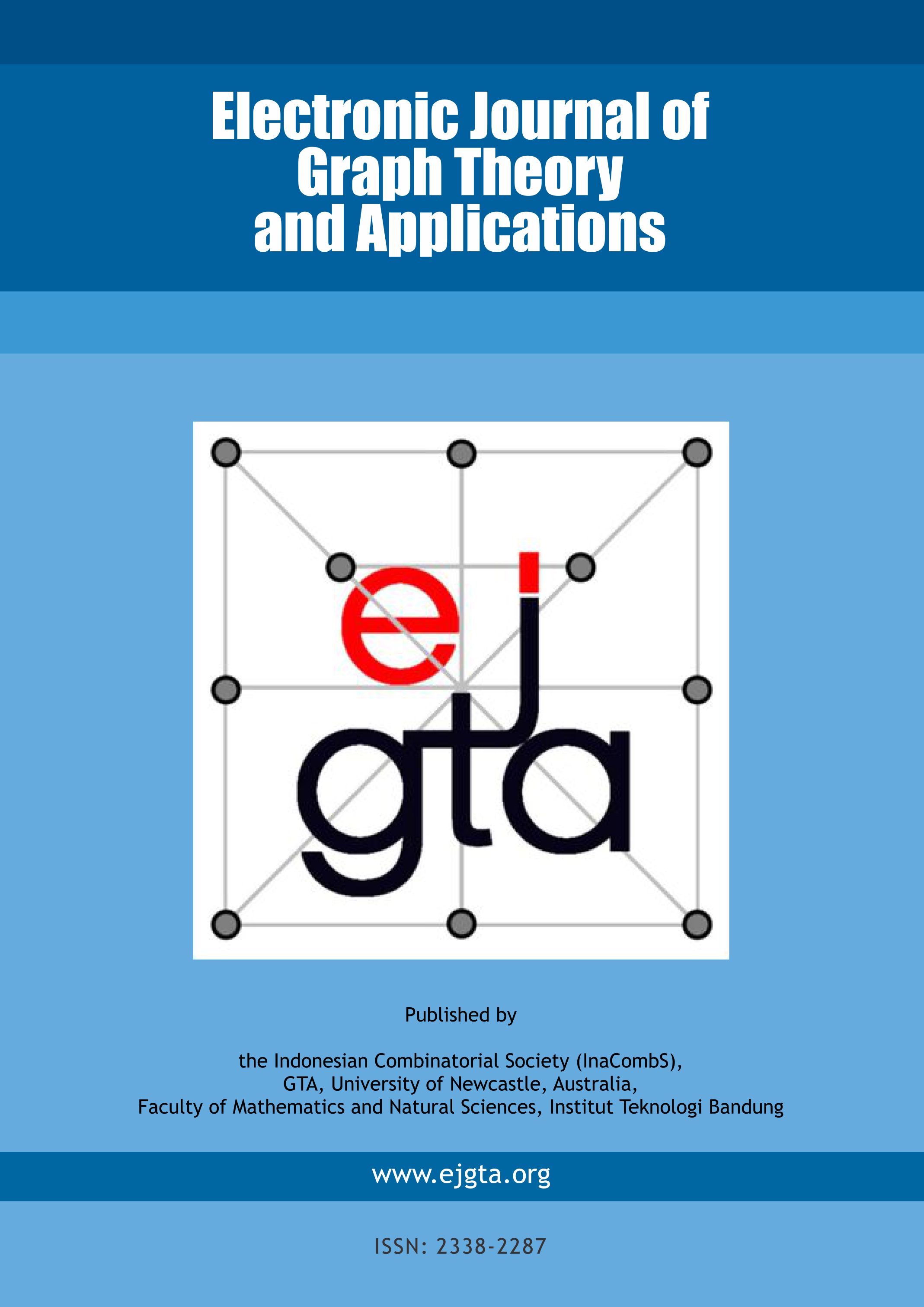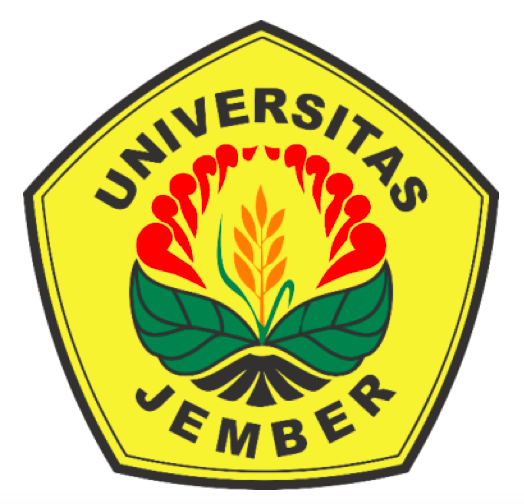The structure of the 3x + 1 problem
Abstract
Keywords
Full Text:
PDFDOI: http://dx.doi.org/10.5614/ejgta.2021.9.1.14
References
P.J. Andaloro, The 3x + 1 problem and directed graphs, Fibonacci Quarterly 40 (2002), 43–54.
M. Chamberland, An Update on the 3x + 1 Problem, Working Paper, Department of Mathematics and Computer Science, Grinnell College (2003),
http://www.math.grin.edu/˜chamberl/papers/3x survey eng.pdf
J.C. Lagarias, The 3x + 1 problem and its generalizations, The American Mathematical Monthly 92 (1985), 3–23.
J.C. Lagarias (ed.), The ultimate Challenge: The 3x + 1 Problem, American Mathematical Society (2010)
J.C. Lagarias, The 3x+1 Problem: An Annotated Bibliography, (1963–1999), V13, arXiv.org (2011), arXiv:math/0309224
J.C. Lagarias, The 3x + 1 Problem: An Annotated Bibliography, II (2000–2009), V6, arXiv.org (2012), arXiv:math/0608208
C.A. Pickover, A Passion for Mathematics: Numbers, Puzzles, Madness, Religion, and the Quest for Reality, Hoboken, Wiley (2005)
G.J. Wirsching, The Dynamical System Generated by the 3n + 1 Function, Heidelberg, Springer (1998)
Refbacks
- There are currently no refbacks.
ISSN: 2338-2287

This work is licensed under a Creative Commons Attribution-ShareAlike 4.0 International License.



